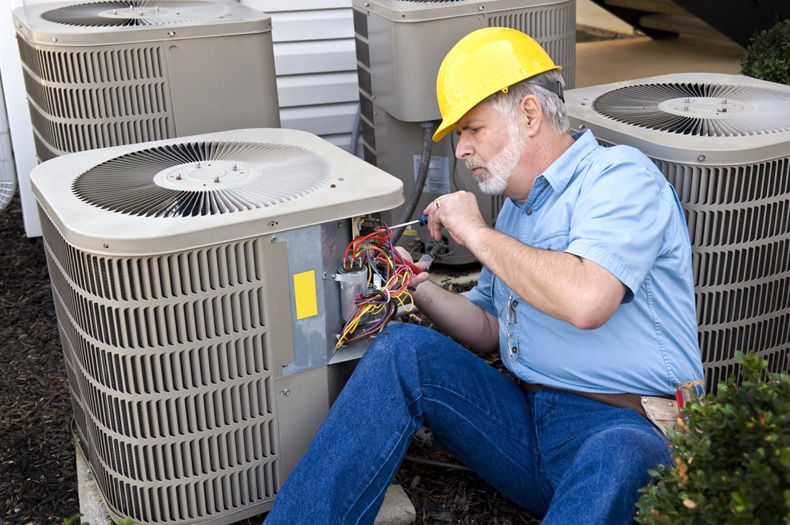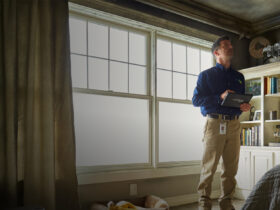What are the most important parts of your HVAC system to inspect? What are some things you need to look out for during an HVAC maintenance?
A checklist is a good way to remember all of the necessary elements of an inspection. Use these examples as starting points, and customize them to meet your needs.
Here’s what you may want to include in your checklist for HVAC inspection:
1. The condition of the unit outside.
Good-quality units are well-insulated and sealed to keep out rodents, insects, dust, leaves, and any other objects that could affect their operation. Drains should be open to allow condensation—and any debris or bugs it may contain—to drain away from the unit.
Coils should be free of snow and ice buildups that can block airflow across them or cause electrical shorts. Units have a long service life if they’re taken care of, so review the manufacturer’s maintenance schedule before your inspection begins.
2. The location of power controls and disconnects for each unit.
These need to be accessible from a grade level in case power needs to be disconnected during repairs. If there’s not a disconnect nearby, you can provide access by installing a sub-panel for the equipment in an accessible location. This will be convenient to disconnect and reconnect power if necessary, and it will allow future service personnel to check electrical connections more easily.
3. Units with suspended ceilings require handrails around their perimeter to assist technicians working on them from above.
This is particularly important when units are located near emergency exits where they shouldn’t obstruct evacuation routes. These handrails also need to stay clear of supply and return ductwork that connects underneath the units, so technicians won’t damage them while accessing other components inside the equipment.
4. All units in a split system need a return air pathway to connect with other types of ductwork.
If they’re not already provided in the factory, attach round flexible ducts from each unit’s return connections to the next type of ductwork in your system (usually a heating and cooling system riser).
5). If your HVAC system has an outdoor condensing unit, it must have a drip pan to collect any leaks that may occur in the future.
The pan should be sloped toward the middle of the unit to drain water away from nearby landscaping and sidewalks. Make sure you check for missing or damaged caps on each condenser coil to prevent debris from accumulating on them while they’re not under pressure (during colder weather). You can get replacement caps at most home improvement stores or through Max-Aire.
Want Help Building Your Own Checklist for HVAC Inspection?
It’s important to make sure your HVAC system is in good shape, and a checklist for HVAC Inspection can help you identify any potential problems. If this seems like an overwhelming task on your own, we suggest you contact a HVAC contractor or visit our blog for articles that can take the guesswork out of it for you.








